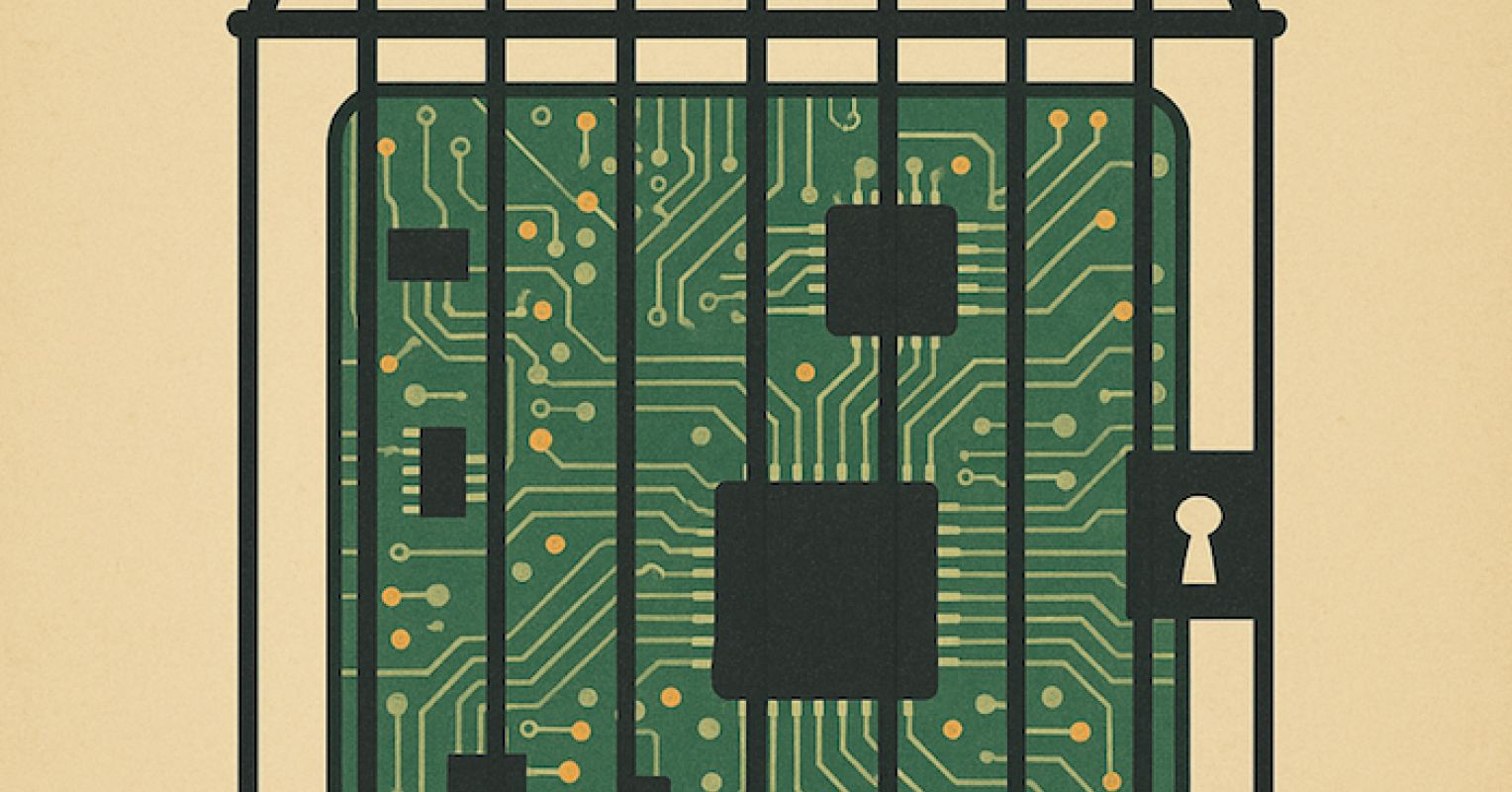I believe that every student and teacher would agree that solving a problem can be helped with visualization. The steps, the logic, the “show your work” moments can feel like windows into our minds and a path to the solution.
That’s why one of AI’s most celebrated moves, Chain of Thought (CoT), feels so persuasive. The AI solves a problem in tidy compartments, moving from the first step to the last like a careful student. And in many instances, this CoT processing can improve model performance.
But a recent study (a preprint, not yet peer-reviewed) suggests those windows may not be windows at all. They might be, as the authors suggest, a mirage. And here again, we see a kind of functional rigidity or structural confinement that keeps large language models operating inside their cage of utility. Let’s dig in and try to pierce the illusion.
Building a Model From Scratch
Instead of using a commercial system like Grok or GPT-5, the researchers built their own model from the ground up. This wasn’t about chasing performance records but more about clarity. By training their system only on carefully constructed synthetic problems, they could strip away the noise of unknown data and hidden overlaps. No accidental hints from pretraining and no chance the model had already “seen” the test in disguise, this was a clean environment for probing the limits of machine reasoning.
With that control, they could ask a deceptively simple yet critical question to see what happens when a model that’s good at step-by-step answers is pushed beyond the patterns it was trained on.
The Cage Becomes Visible
The study looked at three kinds of “nudges” to see how the model reacted.
- Changing the task—familiar skills appeared in a new combination.
- Changing the length—problems were shorter or longer than before.
- Changing the format—the same question took a different shape.
In every case, performance collapsed. The model could navigate problems when they matched its training distribution, but even modest shifts such as a few extra steps or reworded prompt caused its reasoning to fall apart. And in the authors’ own words:
“Our results reveal that CoT reasoning is a brittle mirage that vanishes when it is pushed beyond training distributions.”
I’d call it something else, not a mirage, but reasoning in captivity. What looks like free thought is really a techno-creature pacing the familiar ground of its training, unable to cross the walls that hold it in.
The Illusion of Transfer
Simply put, humans can take a principle learned in one situation and adapt it to another. We move from the familiar to the unfamiliar by carrying meaning across contexts.
The models in this study, like every large language model, do the opposite. They thrive in a sort of perfect statistical familiarity and falter outside of this “technological comfort zone.” Their “reasoning” doesn’t escape the training distribution, it stays caged within it.
This is what I’ve called anti-intelligence. It’s not the absence of skill, but the inversion of adaptability. It is the appearance of general reasoning, but only inside a narrow and often rehearsed statistical world.
Thinking Beyond the Lab
The research was both simple and revealing. And what it found should matter to anyone who relies on AI for decisions. Because whether you’re looking at a small, custom-built model or the sprawling architecture of today’s GPT-5, the underlying mechanism is the same. It’s all a statistical process predicting the next step based on what it’s seen before. Bigger models make the cage larger and more comfortable. They do not remove the bars. In fact, the improvements in fluency often make the cage harder to notice.
The Takeaway
Chain of Thought doesn’t set reasoning free, it just rearranges the space inside the cage. The steps may be clearer and the compartments better illuminated. But the stark reality is that the boundaries remain.
And here’s the key point. This doesn’t make AI worse than we are, or better. It makes it different. And those differences aren’t flaws to be engineered away but the signature of a fundamentally distinct kind of intelligence. The more we try to make AI behave like us, the more these differences will stand out, sometimes in surprising or even unsettling ways.
Recognizing this isn’t an act of resignation but the start of understanding, I think it’s critical to understand that we’re not looking at flawed copies of human minds. We’re looking at something else that is entirely different. Perhaps even a new “species of reasoning” that is still confined, but with its own shape and limits.
The challenge is to learn what it can be, without forcing it to become what it’s not.
